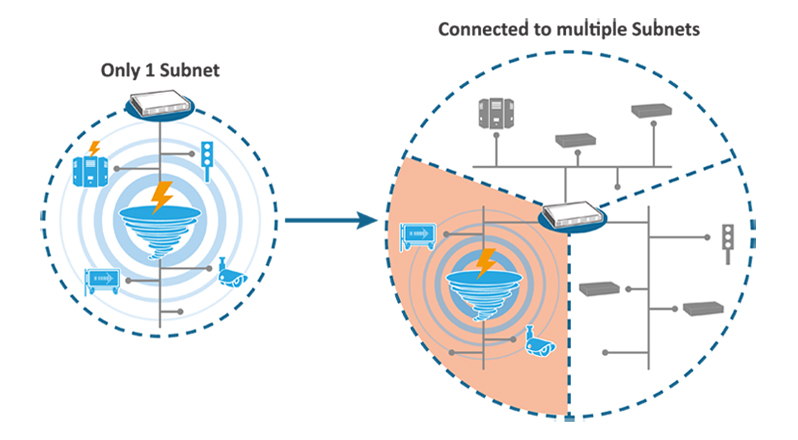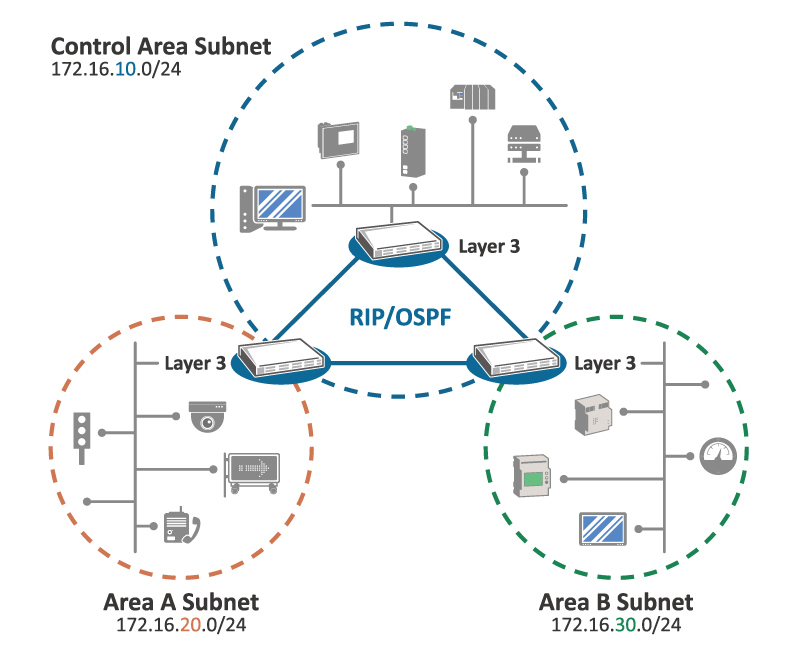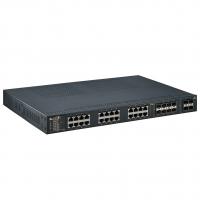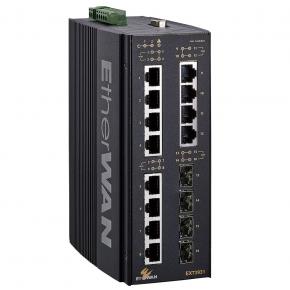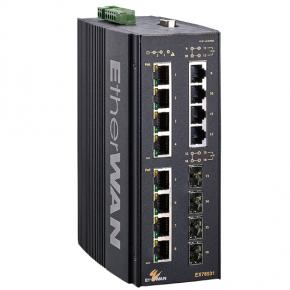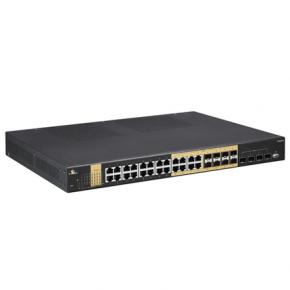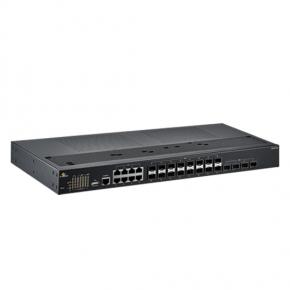| If you can't see the content, pleaseview the online version here.Aug. 2019 |
| ||||||||
|
EtherWAN is committed to compliance with all applicable data protection laws |
Did you forget to submit?
The previous form is not yet completed.
Click here to continue filling it out.

